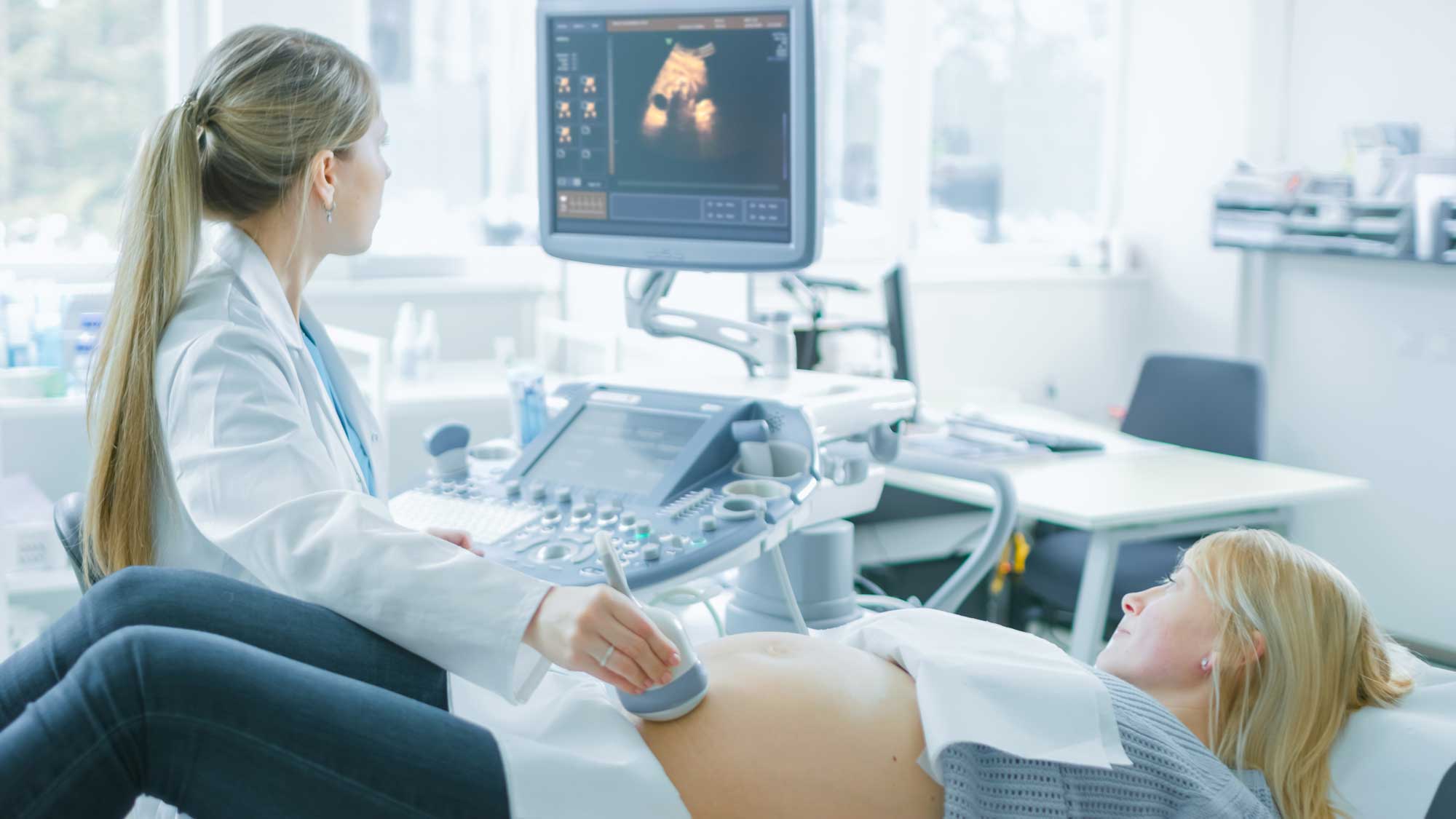
States Can Pave the Way to Better Maternal Healthcare
American mothers cannot get the care they need. Last week, the Center for Healthcare Quality & Payment Reform (CHQPR) released an alarming rural maternity care report. It found that over the last five years, 100 rural labor and delivery departments closed throughout the United States. Laboring moms who live in rural areas travel at least 30 minutes, and often close to an hour, to deliver a baby. Even mothers in urban areas face difficulties, as the limited number of providers struggle to meet the needs of the community. Decreased access to care impacts maternal mortality and morbidity rates, which remain concerningly high in the United States.
Despite the dismal trends, Americans cling to consolidated hospital systems and protectionist policies that fail to serve women and infants. But that approach doesn’t work for moms or their babies. The predictions for the future are all the more dismal as states try simply to increase research or encourage investment in hospitals. Instead of pouring resources into something that is demonstrably not working, states should remove restrictive healthcare laws that block innovative facilities and qualified providers from providing care.
Certificate of Need (CON) laws, for example, explicitly give hospital systems a monopolistic edge over other potential entrants. CON laws require new facilities to prove that services are needed, and existing competition often makes that determination. It’s like giving Amazon the power to say the local bookstore can’t exist.
When it comes to maternal health, CON laws block everything from birthing centers and NICUs to obstetrics, ultrasound equipment, and hospital beds. One study found that the presence of any CON law in a state leads to an 8 percent decrease in adequate prenatal care. Four decades of research overwhelmingly demonstrate that CON laws drive up cost, reduce access, suppress innovation, and worsen health outcomes. These outdated laws must go for the sake of all patients, but especially for vulnerable mothers and children.
CON laws currently restrict birthing centers in 14 states. Yet these centers offer a proven and affordable alternative to traditional labor and delivery departments, especially in rural areas where hospitals struggle to keep such departments open.
Birthing centers can safely render prenatal care and delivery services for low-risk pregnancies. Common risk factors for pregnancy complications, such as preeclampsia or cardiac issues, can be screened ahead of time. Emergency transfers from birthing centers to hospitals are rare but are done when necessary. State requirements for transfer agreements between a center and a hospital lead to lower payments, and risk-averse hospitals are reticent to agree. Transfer agreements often bar birthing centers from flourishing where they’re needed most.
Most births in America are overseen in hospitals by highly trained OB-GYNs. At first glance, this may seem the safest option. However, given the shortage of OB-GYNs, overreliance on this singular provider type means no one receives adequate care. High-risk cases fly under the radar, while low-risk cases are overtreated by doctors trained for high-risk scenarios, leading to a cascade of unnecessary interventions.
Other countries take a more strategic approach. By prioritizing OB-GYNs for high-risk patients and allowing nurses and midwives to manage low-risk patients, they achieve significant reductions in rates of maternal mortality and morbidity. A more efficient allocation of the healthcare workforce means mothers have increased access to care suited to individual circumstances.
Yet in the U.S., restrictive licensing laws prevent qualified providers, such as certified nurse-midwives, professional midwives, pharmacists, and internationally trained physicians, from practicing to the full extent of their training. These barriers limit the care available to mothers and squander investments already made in the healthcare workforce in terms of training and education.
Midwives face licensing restrictions preventing them from practicing independently or obtaining the drugs necessary to deliver babies safely, despite extensive training and education. This makes staffing birthing centers difficult, reinforcing dependence on hospitals.
Additionally, 90 percent of all Americans live within five miles of a pharmacy, yet pharmacists remain a vastly underutilized resource. Especially in underserved communities, pharmacists could provide prenatal and postnatal care such as pregnancy confirmation, monitoring blood pressure, and prescribing essential vitamins, nausea medication, and hormonal contraceptives.
Finally, removing duplicative residency requirements for international doctors could attract more OB-GYNs to the United States. Allowing all providers to practice at the top of their training and experience improves access to care and overall patient safety. America’s stark maternal health trends are not inescapable; it’s a policy choice. States can pave the way to a better maternal healthcare system by removing protectionist laws, embracing birthing centers, and empowering providers to practice at the top of their expertise. Mothers and children can’t wait.

Stay Informed
Sign up to receive updates about our fight for policies at the state level that restore liberty through transparency and accountability in American governance.
